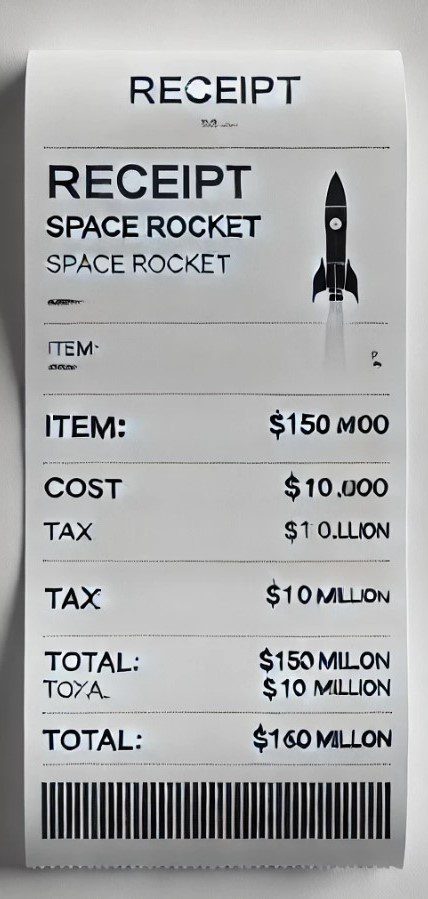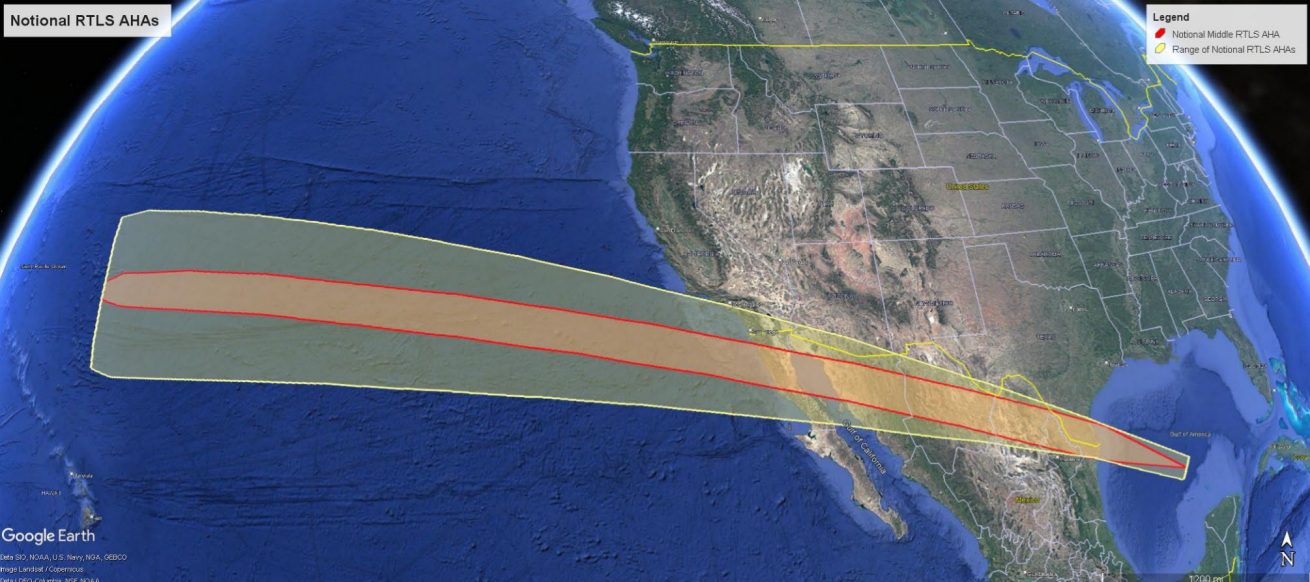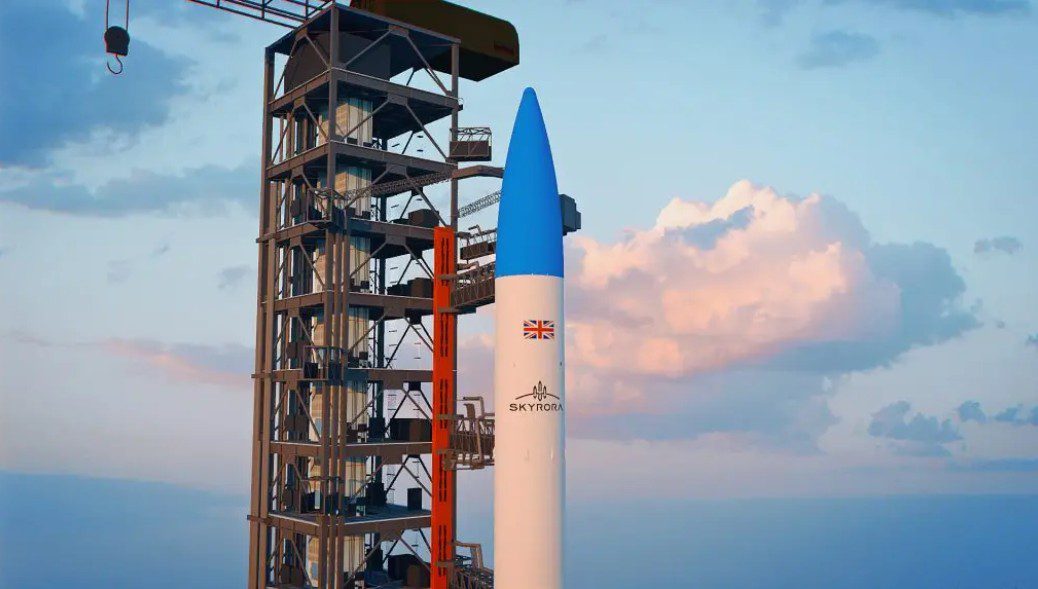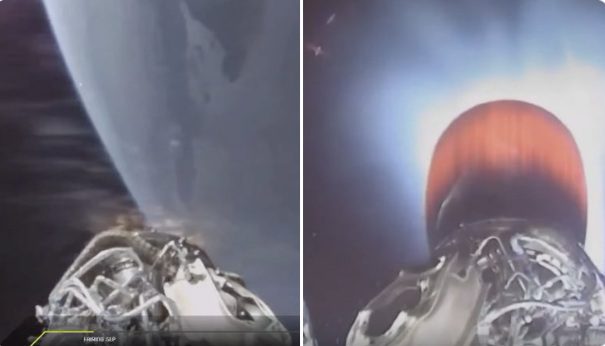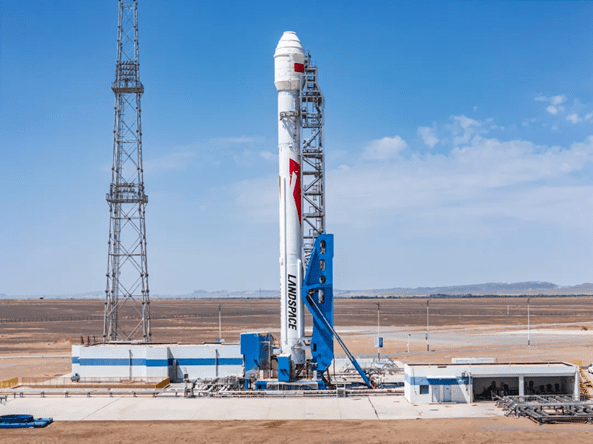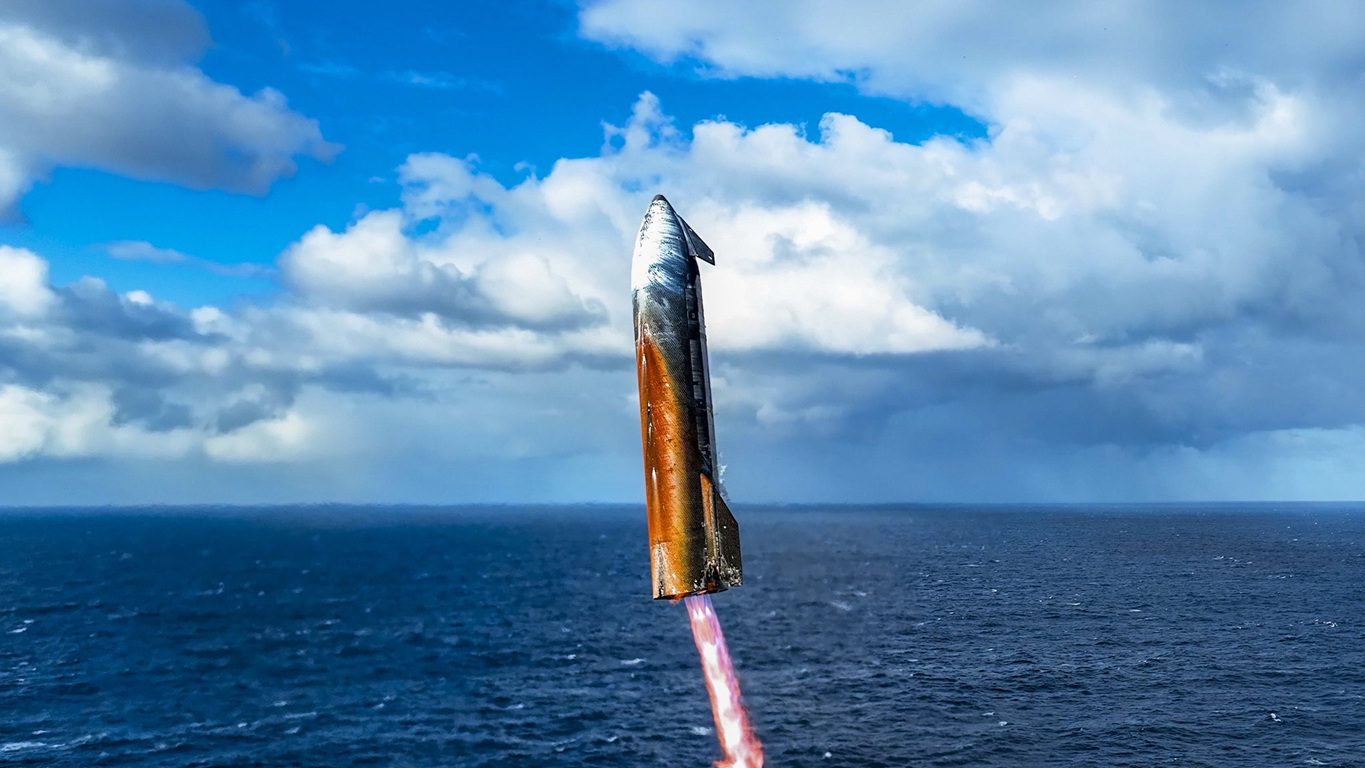The Inmarsat 5-F2 (Global Express 2) commercial communications satellite was successfully launched by a Proton M Breeze M launch vehicle at 1231 GMT on 1 February 2015 from the Baikonur Cosmodrome near Tyuratam, Kazakhstan. The launch was provided by International Launch Services (ILS). The spacecraft was injected into a “super-synchronous” elliptical transfer orbit 64,698 km x 4,366km at 26.8 degrees inclination, whose apogee nearly twice as large than the final geostationary orbit’s will be. The manoeuvre can save energy/fuel during inclination removal manoeuvres by the spacecraft if they occur at a higher than usual apogee. Later the apogee will be reduced and the perigee raised to the standard 36,000km for GEO.
The main launch mission utilized a 5-burn of the Breeze M upper stage to advance the spacecraft first to a circular parking orbit, then to an intermediate orbit, followed by a transfer orbit, and finally to a 65,000 km-apogee super-synchronous transfer orbit. The 6,100kg satellite, which will be used to provide high speed data services as part of Inmarsat’s Global Xpress system, was manufactured by Boeing Satellite Systems International using the Boeing 702HP platform.
The Inmarsat-5 F2 satellite has 89 Ka-band fixed beams and 6 steerable ones. and has a beginning of life power of 15 kilowatts of power at the start of service and approximately 13.8 kilowatts at the end of its 15-year design life. To generate such high power, the spacecraft’s two solar wings employ five panels of ultra-triple-junction solar cells.

